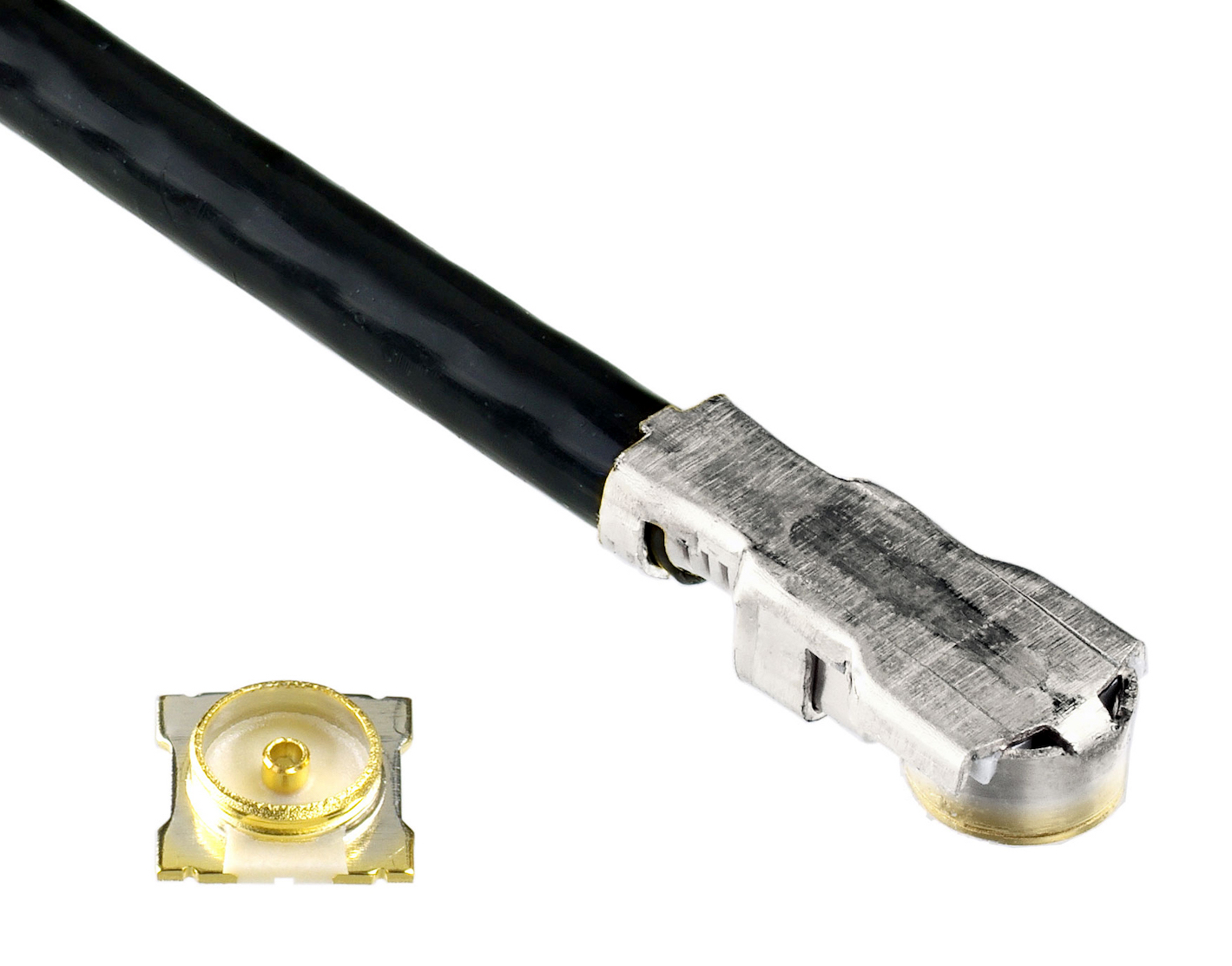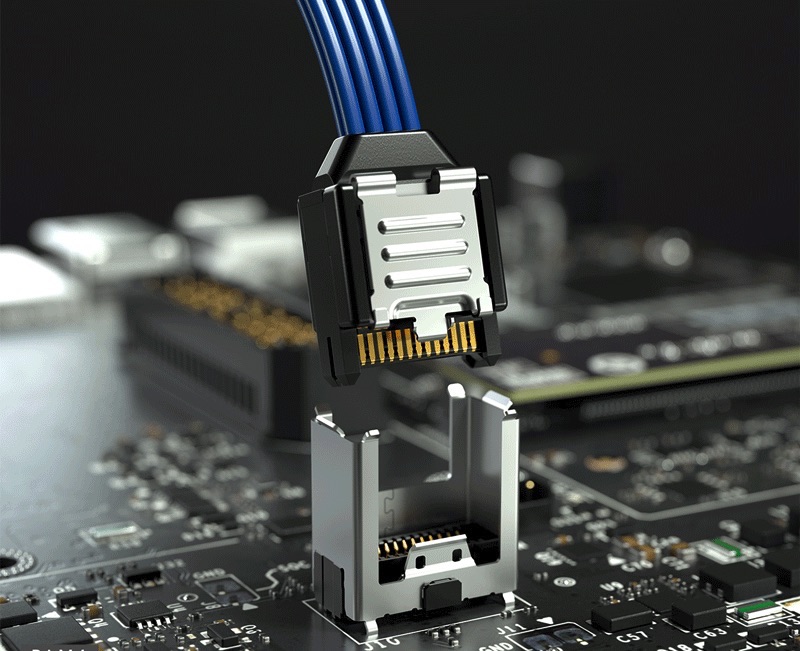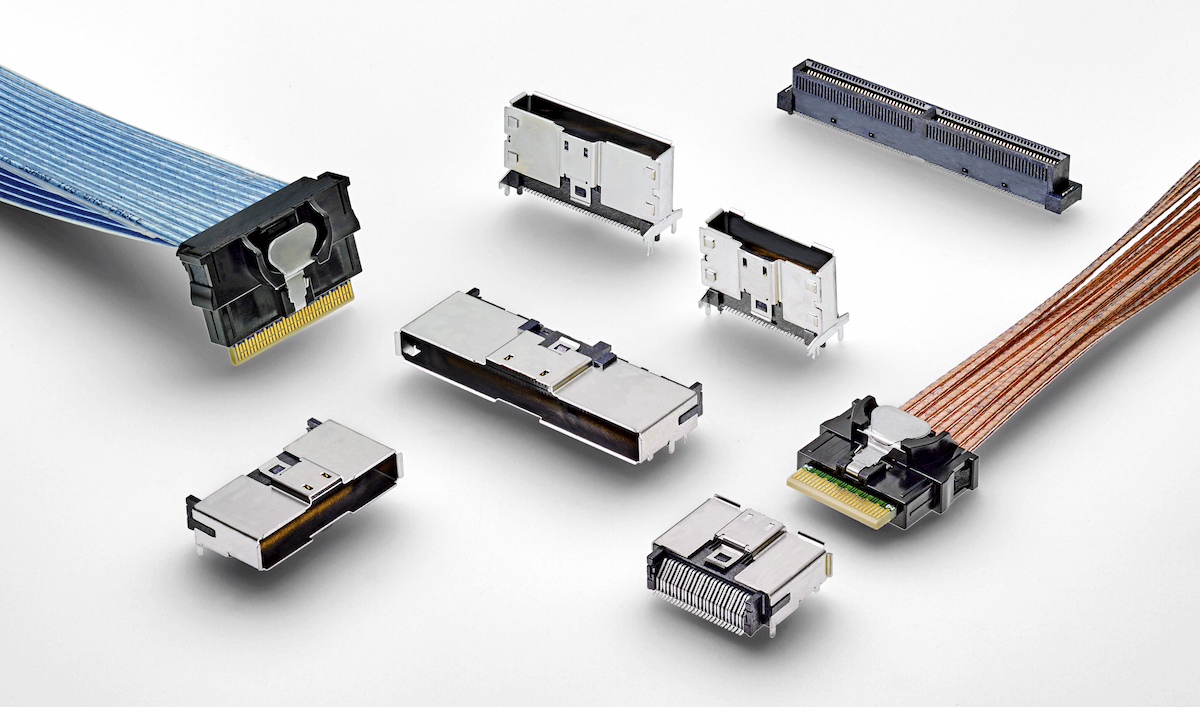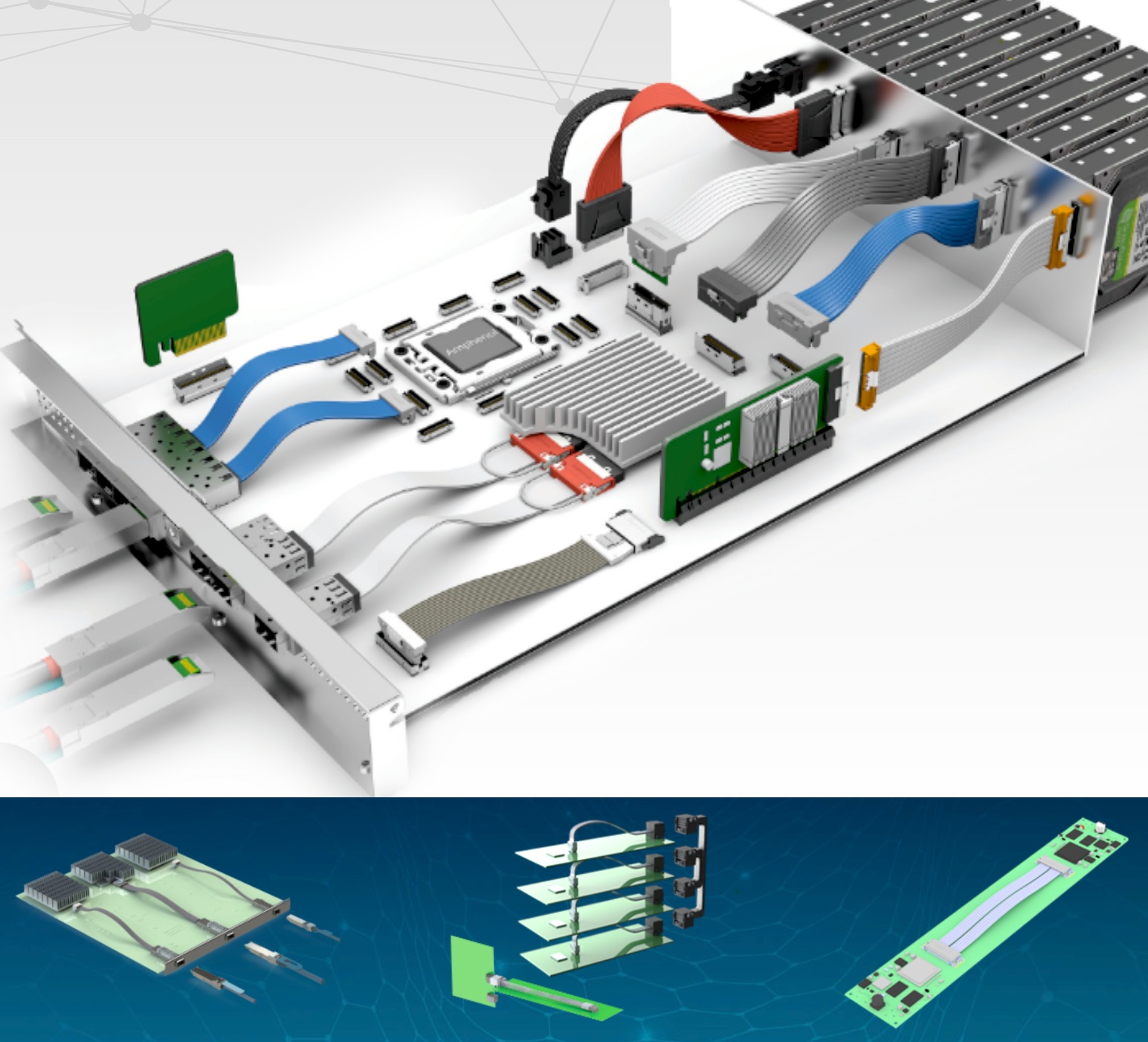Central Offices in the Telecom Industry are Going Virtual
Virtual computing enables businesses to transfer equipment requirements to cloud service providers while reducing operating costs and improving service speeds. Now, telecom providers are following the giant cloud-based service providers who first proved the advantages of virtual hardware architectures.
5G will accelerate transformations across numerous industries that will dramatically impact the need for innovative connectivity solutions. The telecom industry will experience especially dramatic impacts. One of these is a process that telecom companies started years ago to integrate the voice, data, and video-network-specific hardware in their central offices onto a single, virtualized hardware platform. This process calls for abstracting all the application-specific hardware functions onto internet provider (IP)-based software. By so doing, operators will be able to transition some on-site computing equipment to open-source services. The result is a virtual computing “machine” that can be managed using a single Linux-based operating system with standard application platform interfaces that programmers can use to launch new services.

The telecom providers are following the giant cloud-based service providers who first proved the advantages of this architecture in terms of improved operating costs, hardware scalability, and speed of service introductions. The classes of central office hardware equipment to be virtualized represent well over $200 million in global connector revenue, as the shift will be a broad-based trend affecting hundreds of thousands of central offices. Large service providers like AT&T, NT&T, Deutsche Telecoms, and Comcast run many of these. AT&T, for instance, has tens of thousands of central office locations in the United States alone, all of which are within miles of tens of thousands of fixed, mobile, and enterprise customers and are well-connected to the fiber backbone.

The I-PEX MHF 7 Micro-RF Coaxial Connector is well suited for applications that utilize 5G FR2 band mmWave frequencies up to 45 GHz, such as small cells, notebook PCs, fixed wireless access, and other customer premises equipment (CPE) devices.
This is a critical transition time for telecom providers. 4G-LTE established mobile phones as broadband access tools. 5G will build on this trend while setting new expectations for capacity, speed, and latency performance over both fixed and mobile access networks. In many ways, the mobile and fixed access markets are intertwined. Over 60% of all mobile calls originate or terminate over a Wi-Fi connection, and most are delivered over fixed access connections — typically a cable subscription.

The Samtec AcceleRate cable system features direct-attach technology and ultra-low-skew twinax cable for 56Gb/s PAM4 speeds.
One of the fast-growing opportunities for the telecom providers is to provide access-as-a-service for content providers like Amazon, Google, and Microsoft. These industry giants deliver most of their content from hyperscale data centers and want to provide these services to mobile and fixed access customers alike.

TE Connectivity’s suite of server solutions includes the Sliver internal cabled interconnect system, which provides flexible solutions for increasing data rates while also providing optimal signal integrity and saving space and design costs.
The large content providers, already a significant source of revenue for multi-service operators, represent a growing opportunity as they continue to roll out new online gaming, 4K and 8K television programming, and interactive virtual reality services that require more bandwidth at higher speeds. Initial tests have shown that large-scale content providers can achieve dramatic performance improvements by staging content at the distributed central offices. As such, access-as-a-service revenue growth is expected to accelerate.
The steps needed to virtualize a distributed network of telecom provider offices are more complex than virtualizing a single giant data center. Telecom companies started the process of streamlining their central office hardware back in 2016. The Telecoms Infra Project (TIF) and the Central Office Redefined as a Remote Data Center (CORD) are two of the organizations that started to drive these initiatives. Over the last few years, both organizations have completed field trials for the open software and hardware the industry has been looking for. Although implementation has already begun, it’s expected to take five years to complete and will be led by the larger multi-service providers and filter down into smaller and more focused service providers. The transition will start with the network-specific access hardware that differentiates the optical fiber networks from the cable TV, mobile, ethernet service, and enterprise access networks. That is where the most significant convergence exists.

Amphenol ICC offers a range of high-speed input/output products that support telecommunications infrastructure, including the OverPass QSFP+ interconnect system.
Here are five of the ways that the changing central office hardware platform will impact connectivity architectures:
- A wider range of suppliers will provide hardware options. Both TIF and CORD called on a new tier of equipment vendors for their field trials. They did not use the incumbent equipment vendors.
- Prevailing hardware conventions will change. The new open-source standards are built around the 19” rack. Single and double RU sleds of server, switch, and storage capacity will replace larger chassis-based equipment sets that dominate the central office today. Operators will be able to scale in capacity and functionality in significantly smaller and less expensive increments.
- Increased modularity: These new sleds of capacity will be scalable and reconfigurable. The semi-custom backplanes that dominated generations of telecom hardware will be phased-out for modular cabling systems based on standard interfaces. Backplane connectors will still be used — but more for midplane connections. The small-form-factor pluggable (xSFP) interface will become the dominant intra-rack and rack-to-rack interface.
- Supply chain structures will need to change. The outstanding technical leadership provided by leading original equipment manufacturers will be complemented by a growing technical support role for integrators and value-added suppliers. More of the business will be serviceable by distributors.
- Time-to-market for new services will decrease. By employing software-defined networks, service providers will be able to introduce new services with little or no investment in hardware. In some cases, service upgrades will be deliverable with a software upgrade alone — reducing front-end risk as well as time-to-market.
As the central office transitions to an open-source hardware platform, designers of these network architectures will be able to access more low-cost connectivity products. The convergence of multiple hardware platforms will effectively reduce infrastructure costs for the central office as we know it. Instead, those costs will be transferred to cloud providers actively investing in more powerful systems to address the continuous growth in bandwidth demand.
Like this article? Check out our other cloud computing, data center, and networking articles, our Telecom/Datacom Market Page, and our 2020 and 2019 Article Archives.
- Cell Towers Become Less Cluttered - January 10, 2023
- Market for Smaller LC Duplex Fiber Connectors Makes Big Gains - November 1, 2022
- Twinax Cable is Replacing PCBs Inside Server and Switch Applications - October 4, 2022





